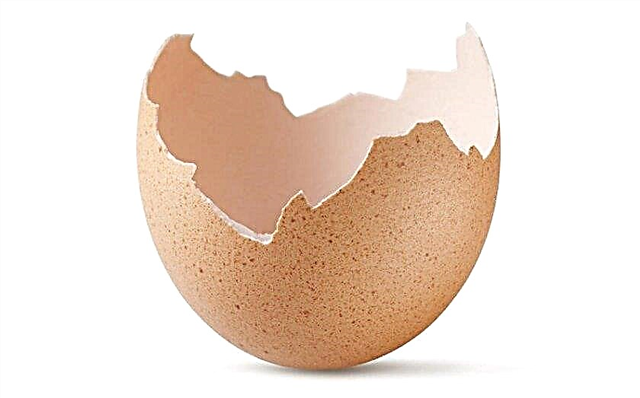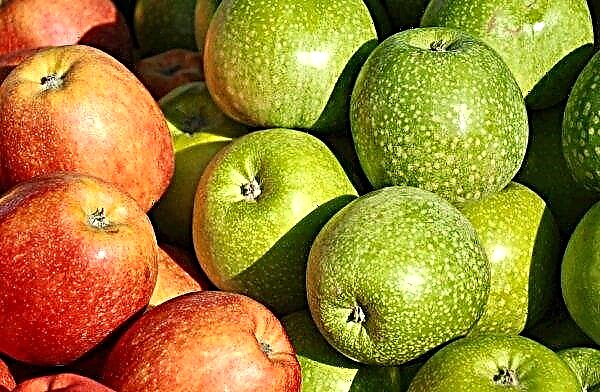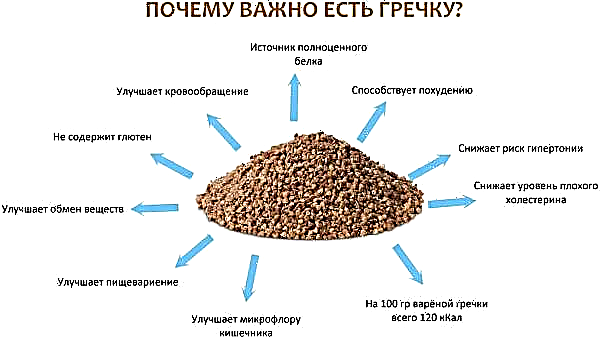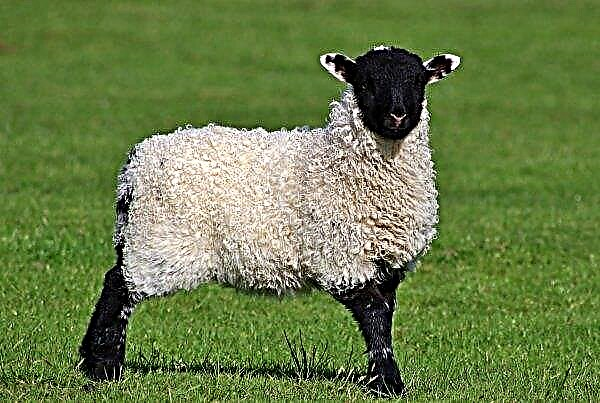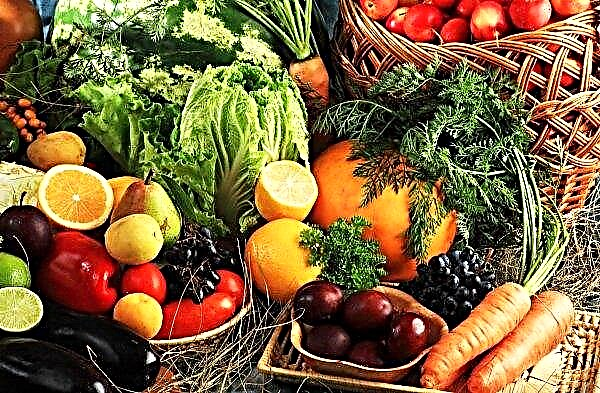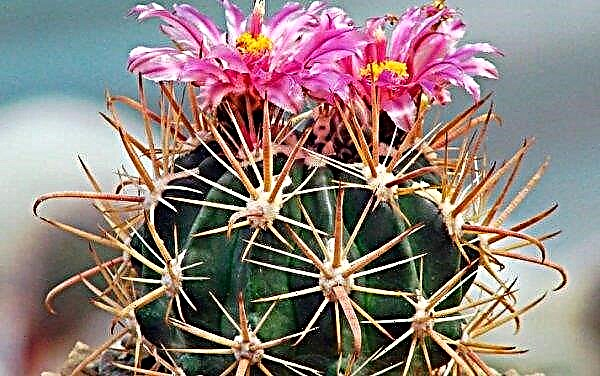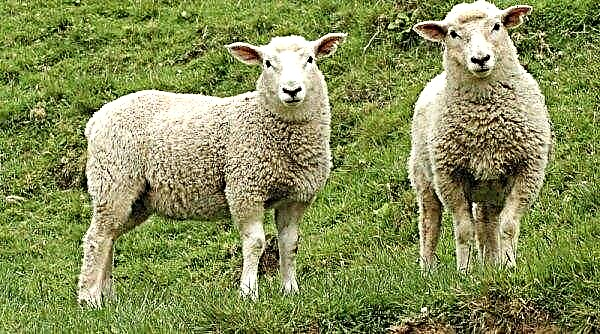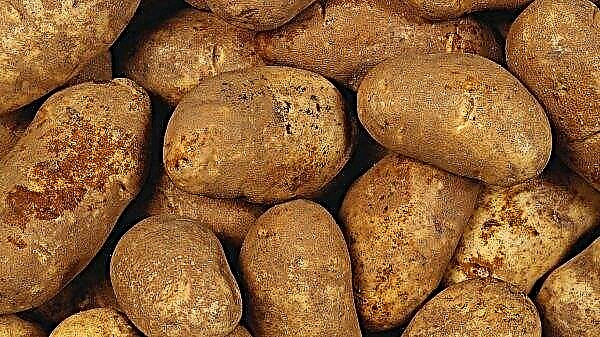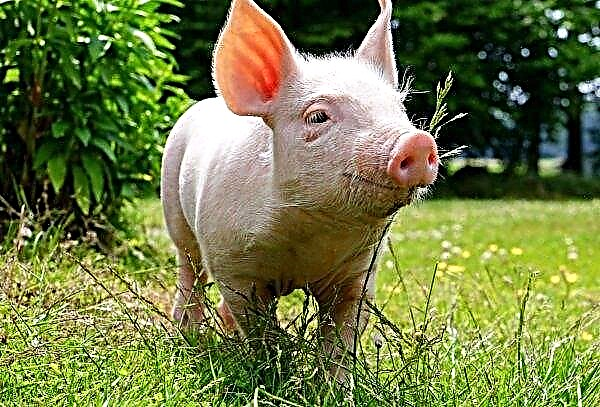Corn, the “queen of the fields”, accounts for 80% of the feed base of farm animals. Growing crops for silage will provide nutritious feed for cattle, stable weight gain, high-quality milk yield all year round.
The best varieties and hybrids of corn silage
The main indicators for choosing a variety:
- productivity;
- energy value;
- starch content;
- digestibility (amount of reactive fiber);
- remontance (the ability to maintain a green color and juiciness of the leaf even in stressful situations).
Common varieties of silage corn:
- Emilio. It has a high yield of green mass - 65 t / ha. Tall (up to 3 m) plant with dense succulent foliage. Cold-resistant repair grade, resistant to lodging.

- Captain. Medium-early growth with high yield of green mass - 80 t / ha. Thick, upward-facing leaf, the variety is resistant to weather and lodging.

- Amaros. Universal hybrid with high growth rate. Suitable for silage and grain cultivation. Cold resistant. The yield of green mass is up to 65 t / ha.
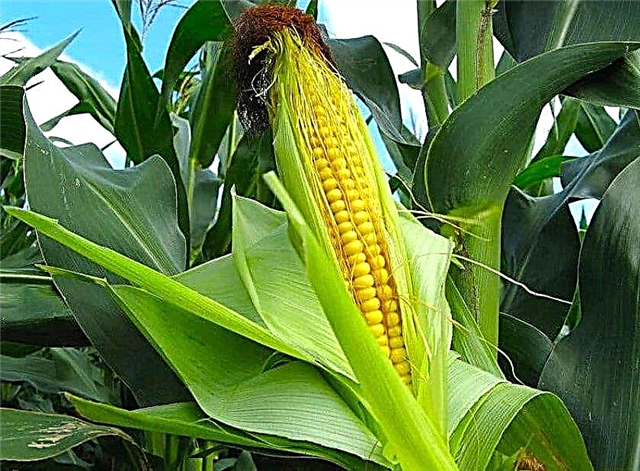
- Carifalls. Dual-use hybrid (silo / grain). Drought-resistant, lodging-resistant variety. The yield of green mass is up to 85 t / ha.

Silage cultivation technology
Using the technology of growing corn for silage, farmers and livestock owners receive environmentally friendly coarse fodder, which contributes to better growth and obtaining cattle milk yield.
Crop rotation
Crop rotation is the main parameter for obtaining a quality crop. It is undesirable to sow a silage culture after sugar beets and sunflowers: they dry the soil, “take” a lot of useful substances. Legumes, grains - the best predecessors for corn.
Suitable soil composition
Moisture and heat are important factors for good growth. Cold and too wet soil negatively affects the germination and growth of grain crops. The best soil is black earth with a good capacity of zinc and nitrogen. Wet clay soils contribute to obtaining medium and high yields with proper fertilizer, silo corn grows well on sandy and sandy loamy soils. A pH of 5.6 to 7.2 is desirable: a higher acidity reduces yield by 50%, below 5 by 30%.
Important! Climatic conditions dictate the harvesting time and crop yields: lack of moisture can determine the harvesting of grain hybrids for silage, so it is better to choose dual-purpose varieties: grain / silo.
Density and seeding rate
Corn seeds will give high germination at a soil temperature of + 10 ° C at a depth of 7 cm. The sowing rate depends on the variety of culture, the characteristics of hybrid growth. The optimal quantity is 100 thousand plants per hectare. In bad weather conditions - strong winds drying up the soil, a possible drop in temperature - the norm is increased by 10%. The row spacing is 0.7 m.
High speed, uniform sowing and optimal depth are provided by modern pneumatic seeders, which make it possible to adjust the depth of the seeds and the distance between the grains, and also have the function of rolling the soil.
Did you know? Our ancestors sowed corn only after the blackthorn flowered. By this time, the soil is warming to the desired depth.
Watering
After sowing, “dry watering” is performed - they harrow the soil, loosening the surface; while maintaining the maximum amount of natural moisture. Repeated, real watering is carried out with insufficient rainfall at the eighth leaf stage, which gives a good start for the growth of the green leaf and a strong plant stem. Agricultural irrigation plants of various configurations and water supply strengths are used depending on the area and location of the corn field.
With a sufficient amount of rain, corn does not require additional irrigation, natural moisture is enough to get a good crop. Before the appearance of 10 leaves, the soil is mulched regularly, once a month, preserving the natural moisture at the roots of the plant.

Fertilizer application
Fertilizing the soil for a good crop:
- before the autumn plowing make humus;
- one month before sowing: urea, ammophos;
- in the phase of 4-6 leaves - urea;
- in phase 8 of the leaf - "EleGum-Zinc", "Adobe-Zinc" mixed with urea: 10 kg per 200 l.
Did you know? American Indians always planted corn along with pumpkin - they noticed that this vegetable protects plantings from weeds and retains moisture in the ground.
Pest and Disease Control
Regular interrow weeding helps to destroy weeds such as wheat grass creeping, sow thistle. This preventative measure also helps prevent wireworms.
Dressing seeds before sowing and the use of herbicides that are resistant to pathogenic diseases of corn will reduce the spread of known diseases: bladder smut, dust smut.

Harvesting dates and storage rules
When milky-wax ripeness in late varieties and wax ripeness in early and mid-ripening varieties becomes noticeable - this means that the time has come to harvest.
Harvesting the mass for silage occurs when the leaf and stem of the plant still remain green.
The mowing height should be 20 cm, this is important to ensure the quality of the silo - to prevent the entry of weeds, clods of soil.Important! If corn is harvested after full maturity, most of the starch contained in the grain is not absorbed in cows.
The crushed green mass is laid, densely tamping, in the prepared trenches. If corn silage is harvested for cattle on a farm, it is better to arrange trenches at a distance of 1-2 km from the livestock complex, which will reduce transportation costs.
Video: Harvesting Corn Silage
Estimated maize yield for silage
Properly selected time for harvesting corn for silage makes it possible to obtain the maximum amount of green mass for laying silage:
- mid-season grades (Captain, Emilio) give up to 80–85 t / ha;
- late ripening varieties (Amaros, Karifols) - up to 90 t / ha.






